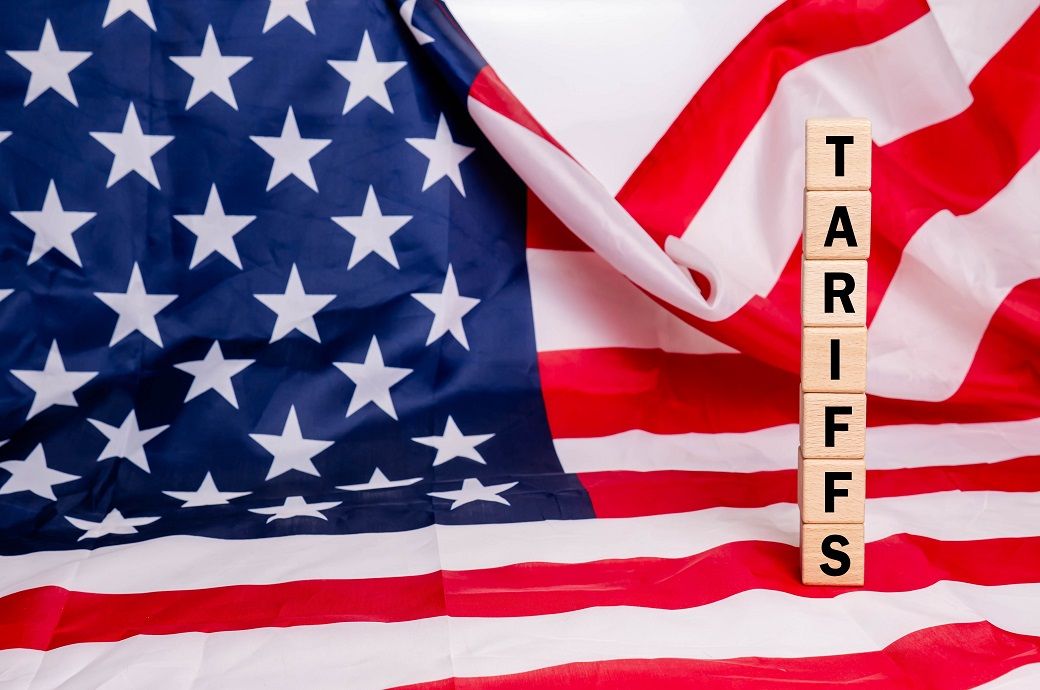
The new tariffs applicable on the top textile and apparel (T&A) exporting nations (in alphabetical order) are as follows:
Bangladesh 37 per cent
Cambodia 49 per cent
China 34 per cent
Dominican Republic 10 per cent
European Union 20 per cent
Honduras 10 per cent
India 27 per cent
Indonesia 32 per cent
Pakistan 30 per cent
Sri Lanka 44 per cent
Turkiye 10 per cent
Vietnam 46 per cent
While additional 27 per cent tariff will be applicable on Indian goods entering the US with effect from April 9, those from the European Union and Türkiye would be charged at 20 per cent and 10 per cent respectively, giving them a relative edge in the US market, compared to goods from China, Bangladesh, Cambodia and Vietnam, whose additional tariff rates are 34 per cent, 37 per cent, 49 per cent, and 46 per cent respectively.
Speaking about India and its Prime Minister Narendra Modi, Trump said, “Their Prime Minister just left (the US recently). He is a great friend of mine, but I said to him that 'you're a friend of mine, but you've not been treating us right'. India charges us 52 per cent, so we will charge them half of that - 26 per cent.”*
Trump said the new ‘reciprocal’ tariff rates are ‘kind’ and could have been much higher.
“These tariffs adjust for the unfairness of ongoing international trade practices, balance our chronic goods trade deficit, provide an incentive for re-shoring production to the United States, and provide our foreign trading partners with an opportunity to rebalance their trade relationships with the United States,” a White House Fact Sheet said.
In 2023, US manufacturing output as a share of global manufacturing output was 17.4 per cent, down from 28.4 per cent in 2001.
From 1997 to 2024, the US lost around 5 million manufacturing jobs and experienced one of the largest drops in manufacturing employment in history.
In view of the drop in both manufacturing output and employment, President Trump is working to level the playing field for American businesses and workers by confronting the unfair tariff disparities and non-tariff barriers imposed by other countries, the Fact Sheet added.
*It has now been clarified that US will impose 27 per cent tariffs on Indian products, as opposed to 26 per cent reported earlier.
ALCHEMPro News Desk (RKS)
Receive daily prices and market insights straight to your inbox. Subscribe to AlchemPro Weekly!